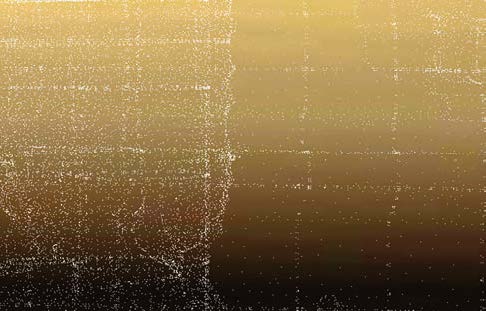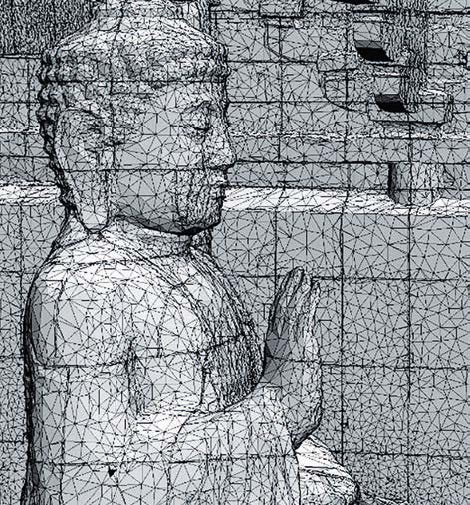Kaihuasi: Buddhist art and architecture in virtual reality
The Kaihuasi開化寺 is a Buddhist monastery located about 17 km northeast of the city of Gaoping高平 in southeast Shanxi province. The monastery was established in the 6th century and expanded in the late 9th to early 10th century under the supervision of the Chan Master Dayu大愚. 1 The Kaihuasi is especially known for its main hall, the Daxiongbaodian大雄寶殿 [Mahāvīra Hall], which was built in 1073 during the Northern Song. The interior of the Daxiongbaodian is decorated with exquisite Buddhist mural paintings that have been preserved from the 11th century.
In 2017, a research team of the Experimental Teaching Center for Virtual Reality and Simulation in Archaeology of Peking University used Virtual Reality (VR) technology to record the monastery including the main hall and its murals. First, the team deployed drones to take pictures of the monastery complex from an aerial view. Then panoramic photography was used to record both the interior and exterior of each building (fig. 1).

In order to virtually reconstruct the building structure and mural paintings in the Daxiongbaodian, the team took 480 high-resolution photographs and used photogrammetry to create a 3D model of the Daxiongbaodian (interior) with surface texture and color information. In other words, the photos were applied as skins to precisely cover the surface of the 3D model of the building’s interior (fig. 2). After all data was collected, the team located all buildings on a map using the Geographic Information System (GIS). The links to the panoramic photographs were pinpointed on the aerial picture according to the real locations where the photos had been taken. The links to the 3D models with surface texture were also displayed on the map.

(a) Point cloud image generated by photogrammetry;



Aside from documentation, this VR project has also been applied to enhance the experience of museum visitors. In the spring of 2017, the Arthur M. Sackler Museum of Art and Archaeology at Peking University exhibited high-resolution life-size photocopies of the wall paintings from the Kaihuasi. In addition to viewing the paintings in two dimensions, visitors were able to wear a VR headset and immerse themselves in the virtual scene of the Daxiongbaodian to appreciate the paintings and the building structure in their original spatial context. VR would help museums to redesign and/or upgrade traditional exhibitions, and to protect historical architecture from potential damages made by flocking visitors.
Using the VR technology to document art and architecture is only the team’s first step. The Kaihuasi is only one example in the team’s database called VR-Heritage that stores hundreds (currently around 150) of temples and buildings dated from the 10th century to the early 20th century. 1 This database can help scholars, professors, and students to discover new problems and generate new research topics. For example, the team has developed several themes such as ‘Song-Jin architecture in southeast Shanxi’, ‘Yuan-Ming architecture in Sichuan’, and ‘Liao pagodas in Inner Mongolia and Liaoning’. Most of the objects are Buddhist architecture or monuments.
The benefits and challenges of the application of VR and other digital technologies will be further discussed in a panel titled ‘Digital Huminites and New Directions in Studying East Asian Art and Architecture’ at the 2018 Annual Conference of the Association for Asian Studies (AAS), to take place in Washington D.C. this March. The panel, organized by Professor Lala Zuo, will present more original digital humanities projects and explore new directions in East Asian art and architectural history.
Jianwei Zhang is an Assistant Professor at the School of Archaeology and Museology, and the Associate Director of the Experimental Teaching Center for Virtual Reality and Simulation in Archaeology at Peking University (zhangjianwei@pku.edu.cn).
Lala Zuo is an Assistant Professor at the Languages and Cultures Department of the United States Naval Academy (zuo@usna.edu).